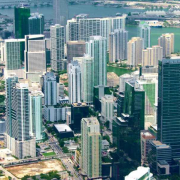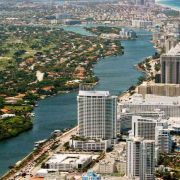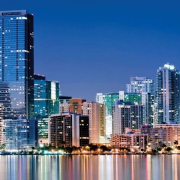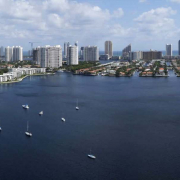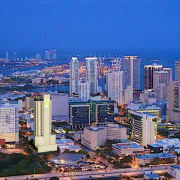It’s a scene that’s played out countless times here in recent years.
A working-class couple identify a home they want to buy, they work with their bank on a mortgage and prepare an offer, only to find that the property’s been purchased by a foreigner who plunked down a full cash payment. “That’s happened to every Realtor in Miami,” said Adrian Foley, a lawyer and real estate agent.
That situation is partly why Miami has become one of the most expensive cities in the U.S. to buy or rent a home. Lured by the beaches or the relative security of the American real estate market, people from around the globe have flooded the area in recent years.
“Ninety percent of new construction underway in Miami right now is unaffordable for 90% of the population that lives here,” said Jack McCabe, a real estate analyst with McCabe Research & Consulting. “When people talk about this great divide between the rich and the poor,” McCabe said, “it’s very evident in Miami.”
Source: USA Today


